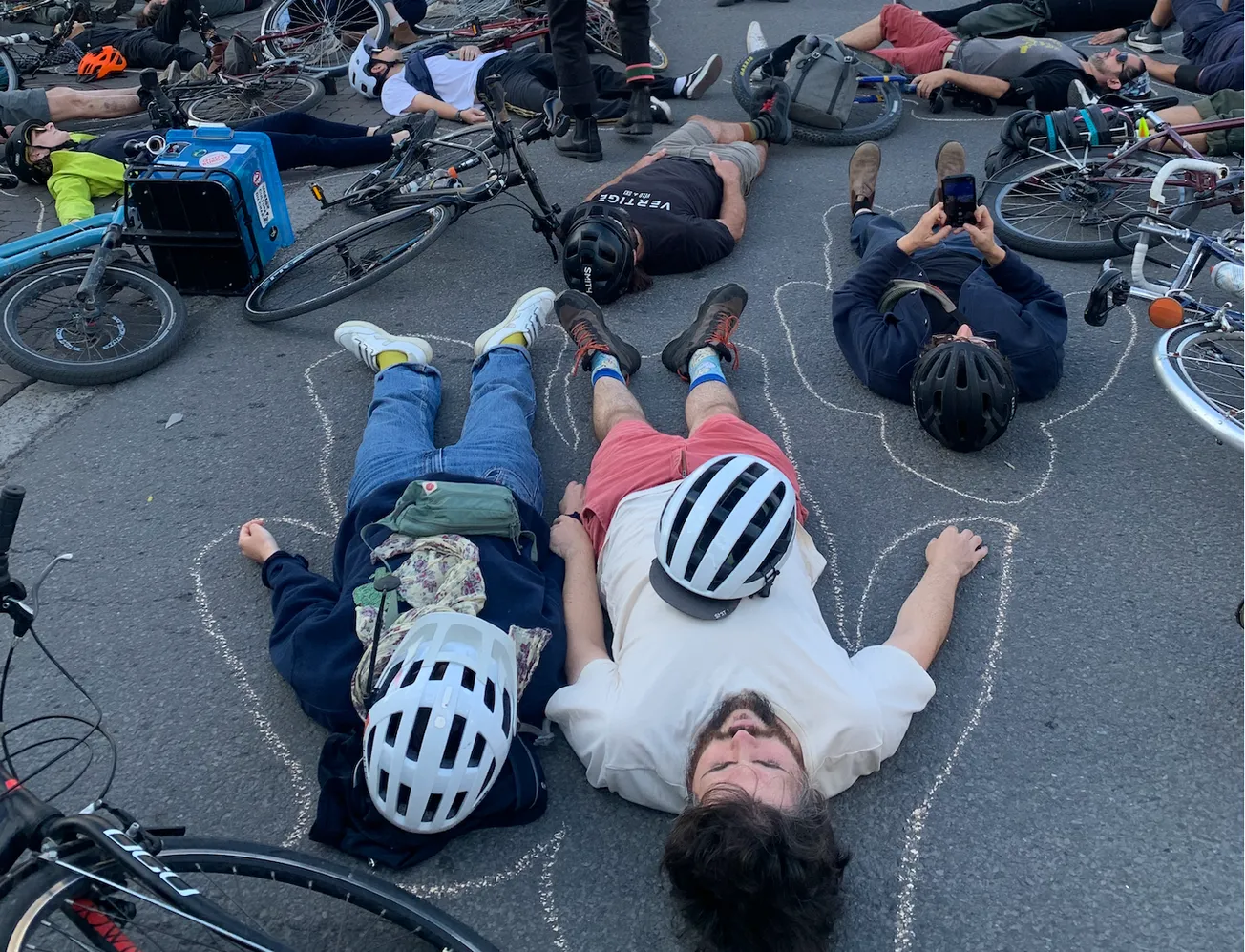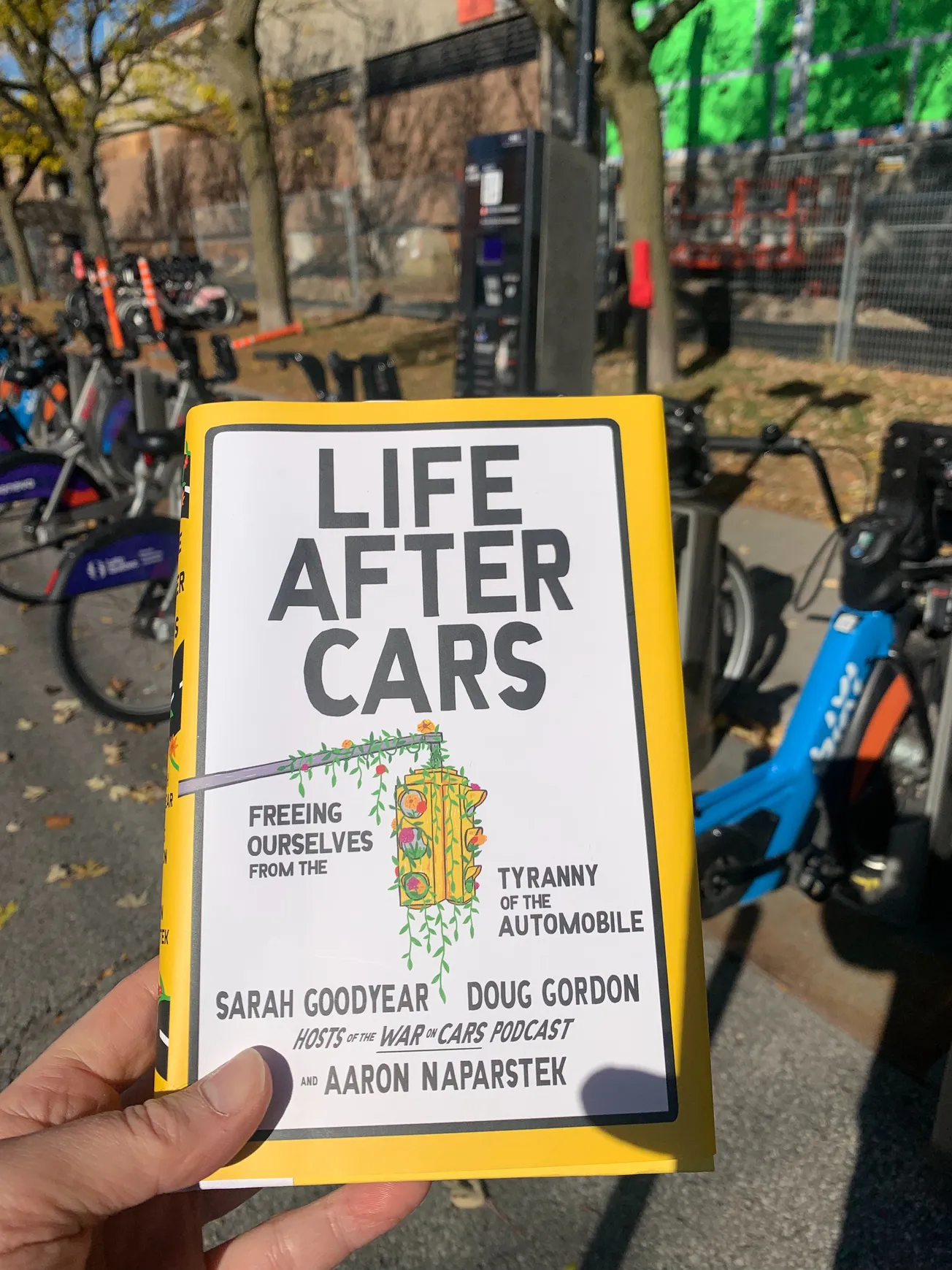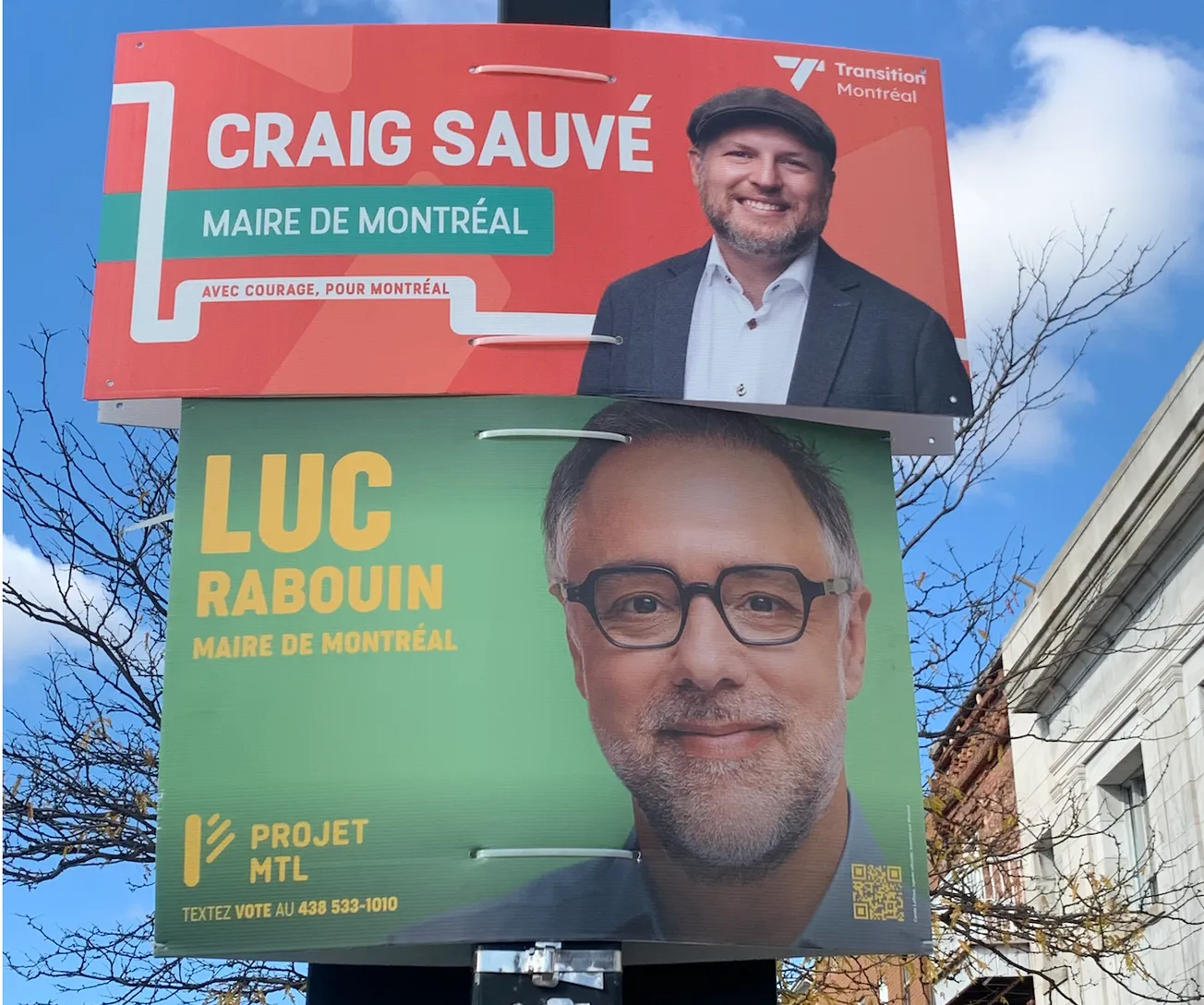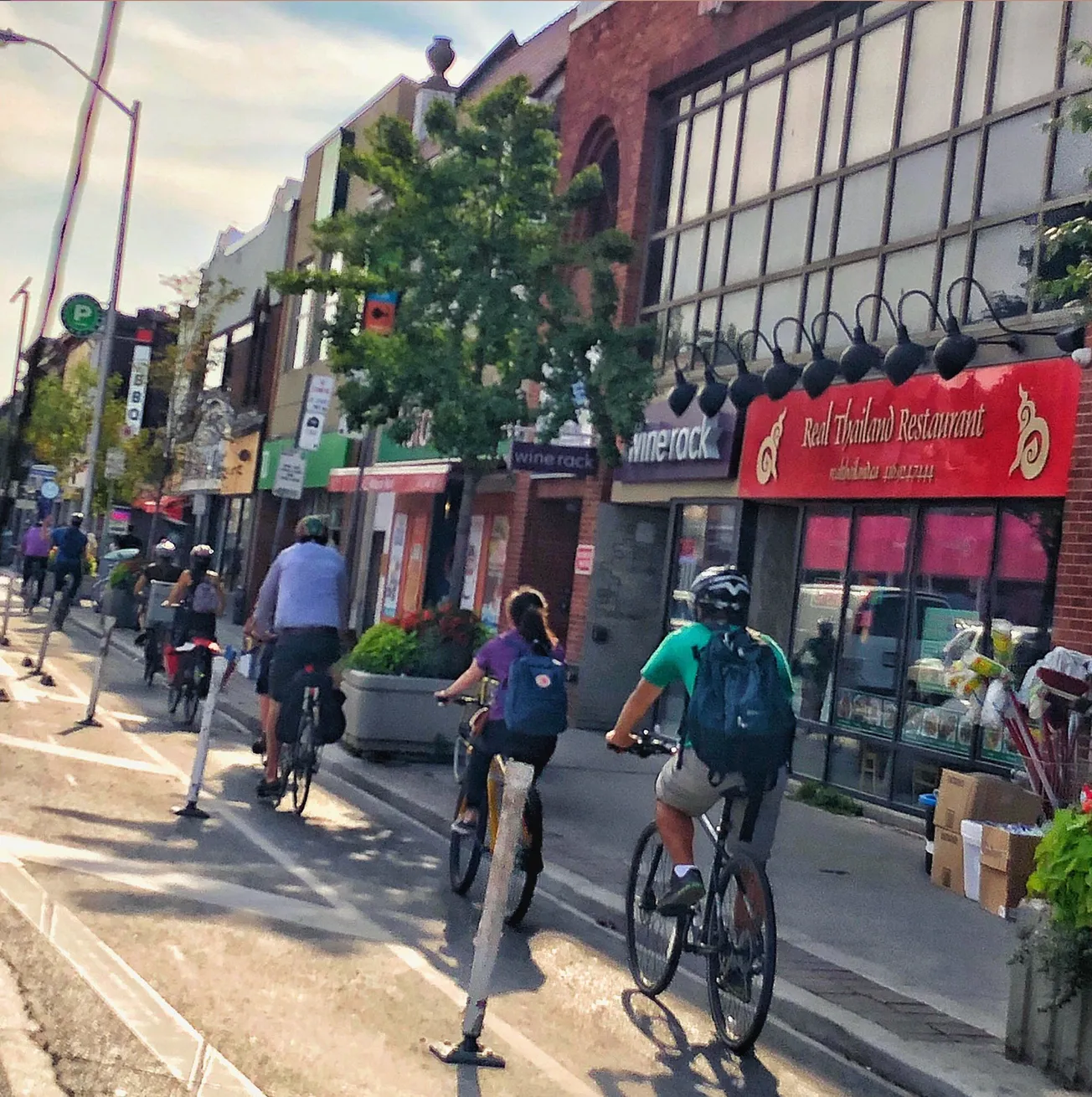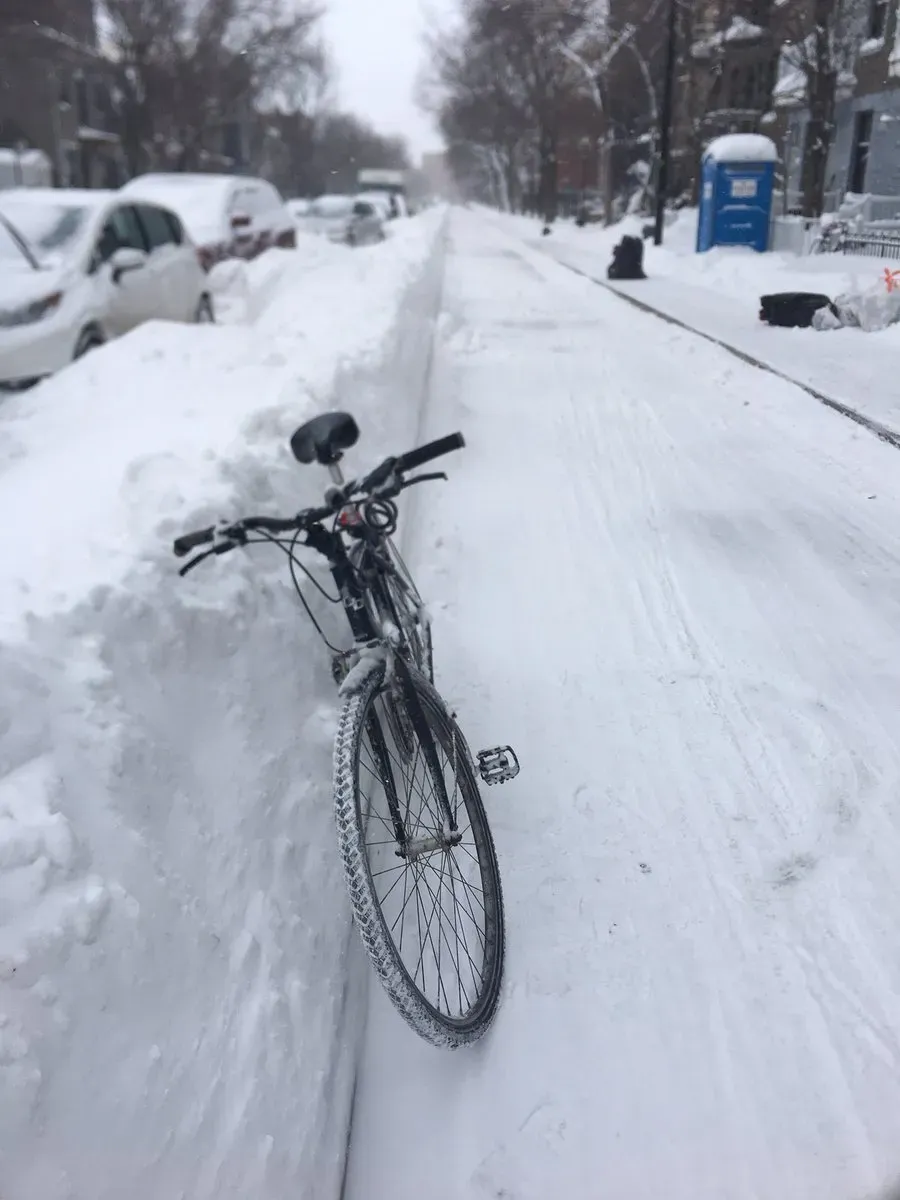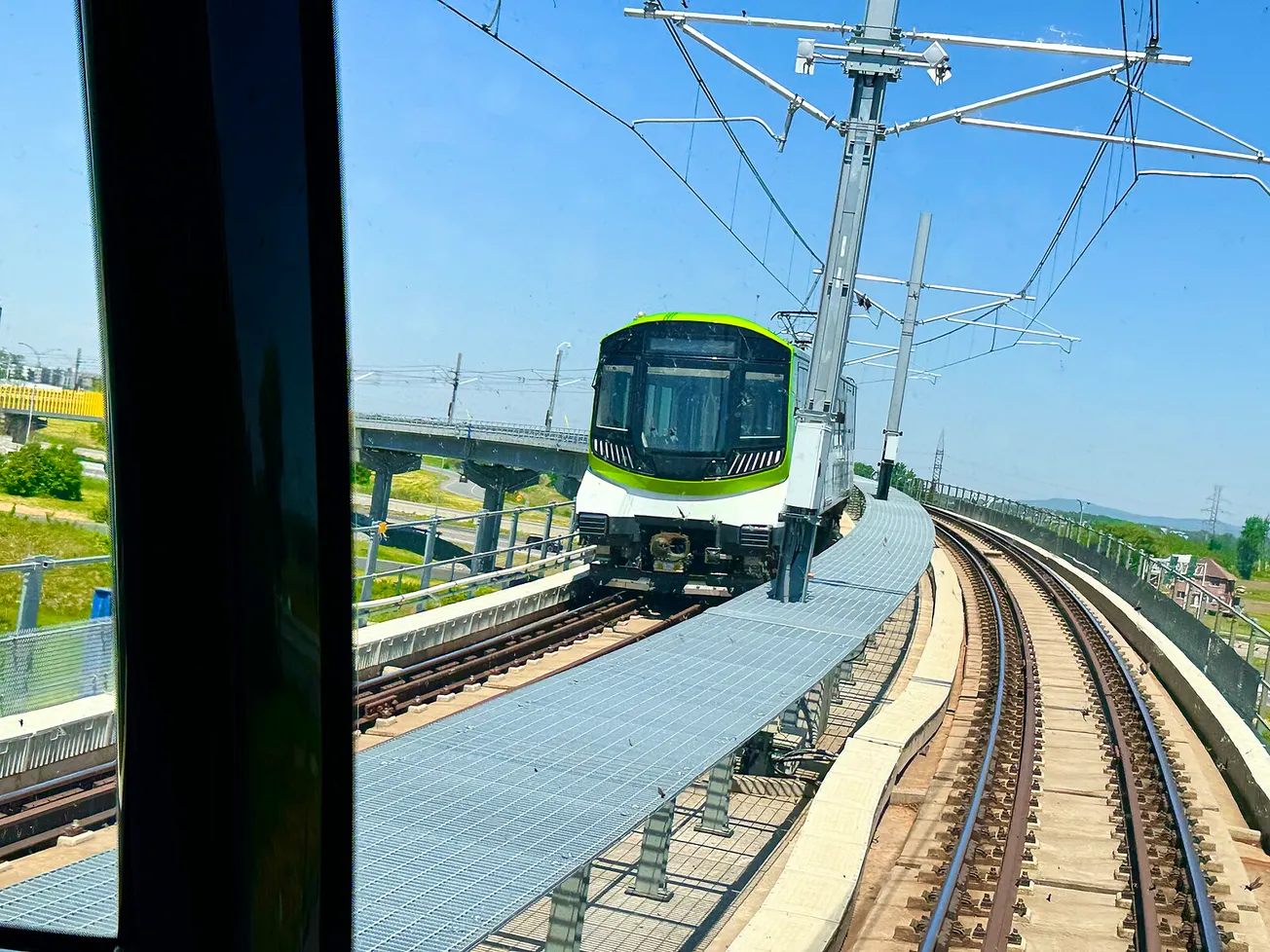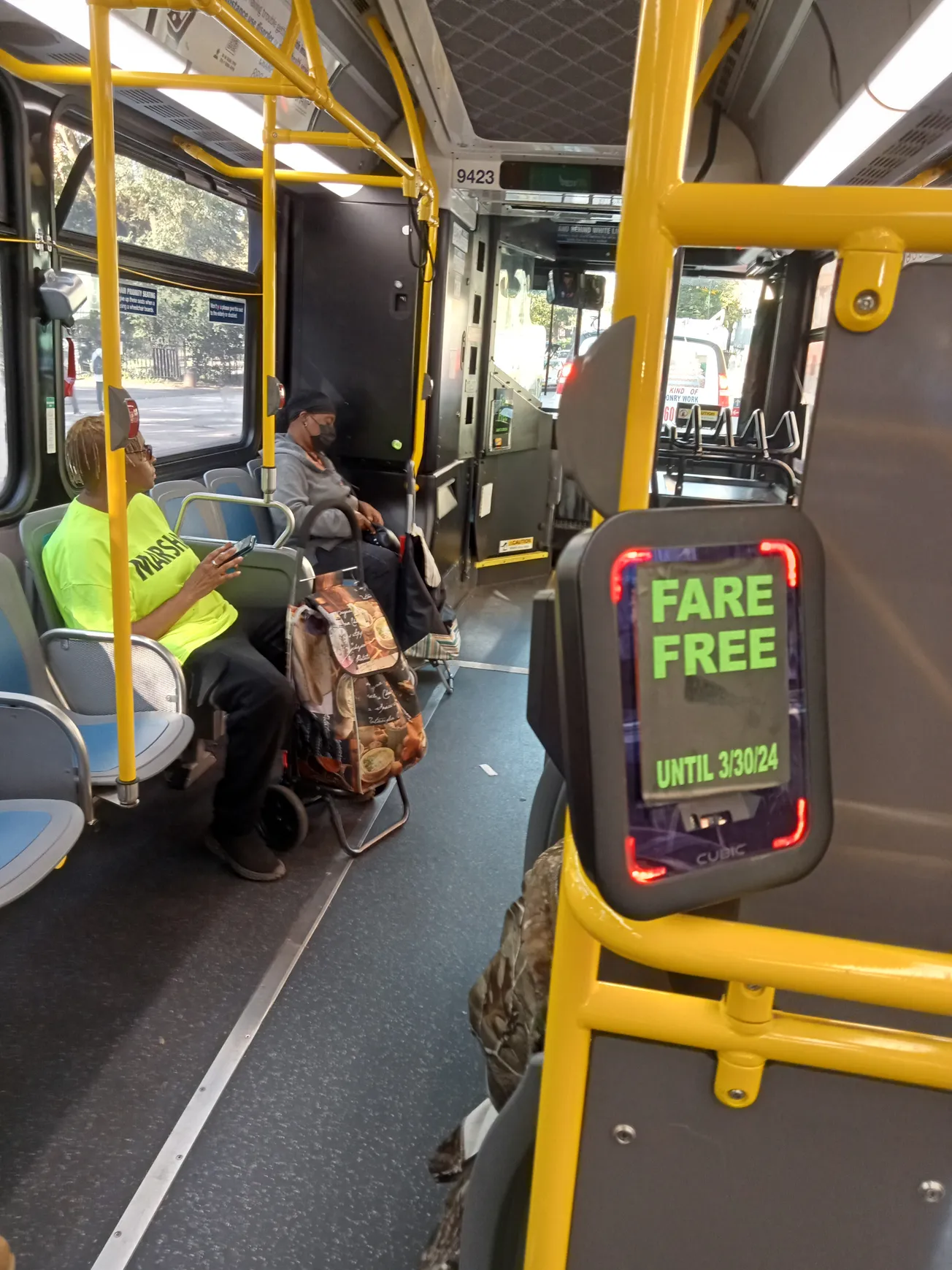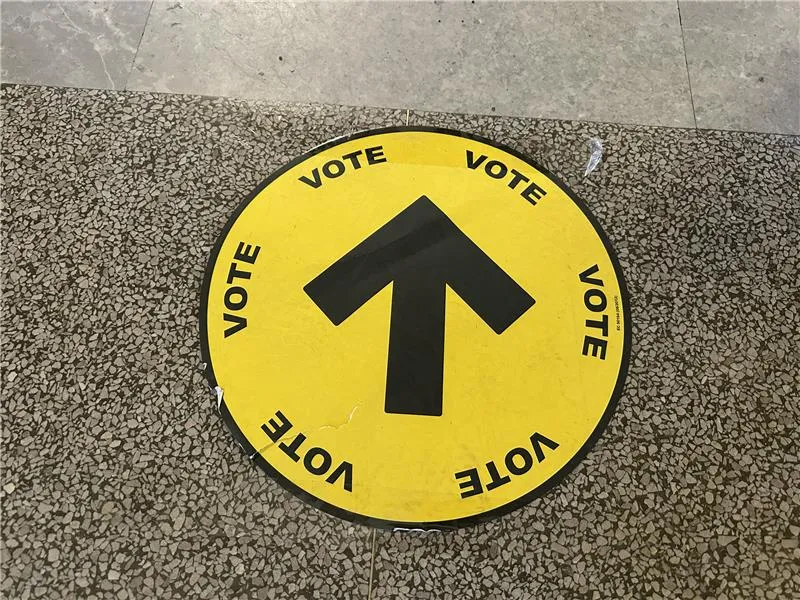Why Bike Lanes are a Key Issue in Montreal's Looming Municipal Election
Update: Since writing this post, a 31-year-old woman on a bicycle was killed by the driver of a truck a block away from our apartment, at the busy intersection of Ave. du Parc and Bernard. The following day, on Sep. 8, a "die-in" demonstration was held there at around 5 pm: at the height of rush hour. (I happened to be riding my bicycle by the intersection that day; see photo above.) A hundred or more people lay down next to their bikes, blocking motor vehicles, while the police held back traffic. Late last year, a boy was killed by a truck at the same intersection (there was a memorial to him in place for months, with people leaving flowers and other tributes on the corner). As I explain in the post, the municipal opposition party, Ensemble Montréal, is trying to provoke a "bikelash," stirring up the resentment of people who drive against the construction of protected bike lanes—its leader, Soraya Martinez Ferrada, is threatening to hold an audit of all existing lanes, and rip out those she deems unnecessary or unsafe. (For context, there's a municipal election scheduled for Nov. 2, and since mairesse Valérie Plante, of Projet Montréal, has bowed out of the race, they're counting on the public's unfamiliarity with her successor, Luc Rabouin, to help them build momentum.)
All protected bike lanes make the streets safer. A party that really cared about people's safety would hold an audit of killer intersections like Parc and Bernard, and build infrastructure that limits the deaths and injuries that drivers of motor vehicles are inflicting on the people of Montreal.
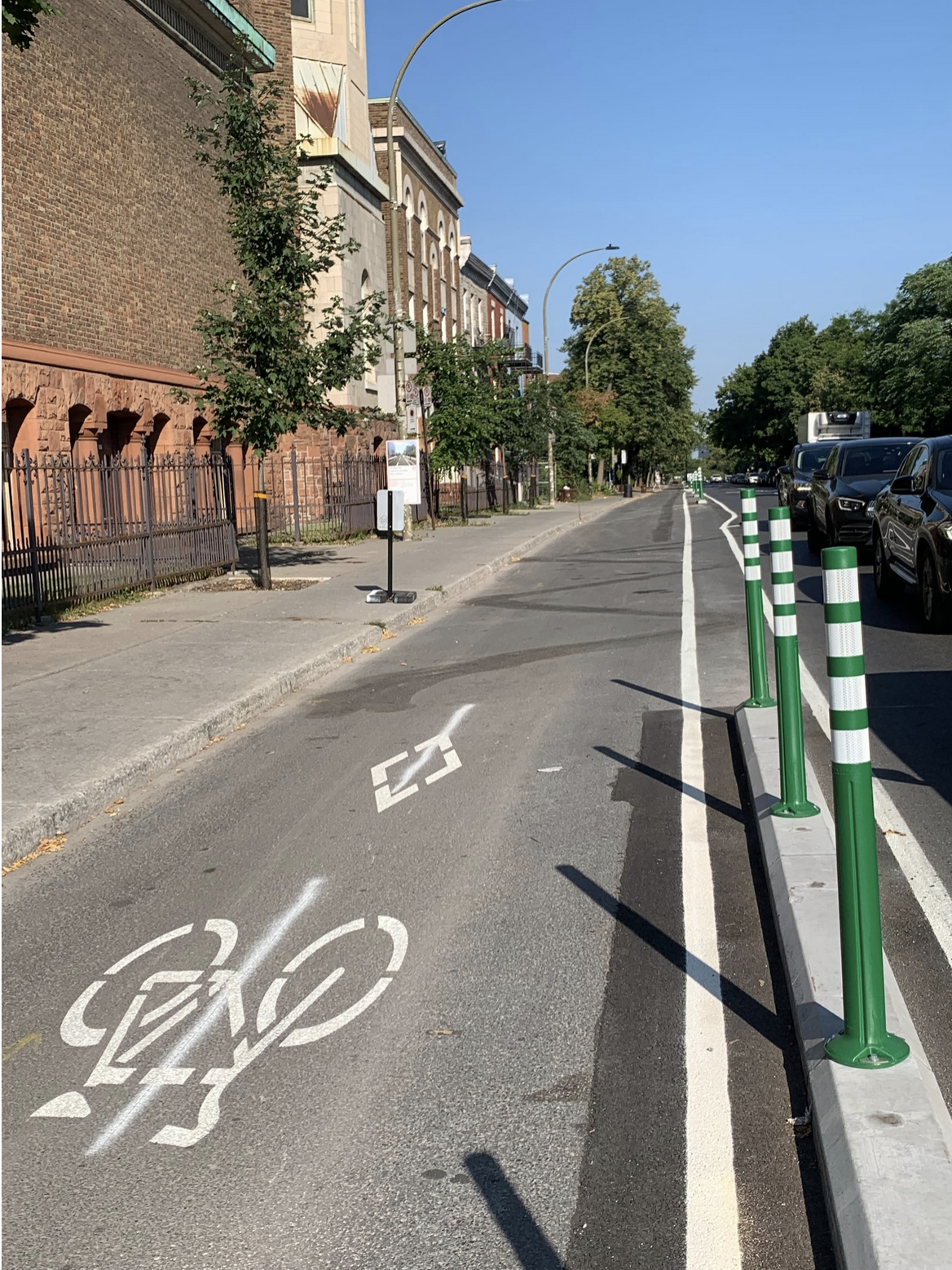
// In October 2024, Valérie Plante, the head of the Projet Montréal party, announced she wouldn't be running for re-election as mayor of Montreal. Plante had assumed office, as the top municipal official in Canada's second largest city, in November 2017. Under her leadership, the "project" behind the name Projet Montréal became manifest in the streets of the city. Dozens of kilometers of streets were pedestrianized, including such major commercial arteries as Wellington, Mont-Royal, and Sainte-Catherine. (Some street closures are seasonal, and happen during the warm months, but Projet Montréal has just announced the year-round pedestrianization of the eastern part of Rue Sainte-Catherine, all the way to Avenue Papineau.) In the last eight years, the city has become noticeably greener: a verdissement program has seen over a thousand trees planted, hundreds of hectares of concrete torn up and greened with native plants, and the introduction of over a dozen new ruelles vertes (green, traffic-calmed alleyways).
The development of the city's public transport network has been far more modest: the last métro station in the Montreal area to open was on the Orange Line, in Laval, in 2007, and tunnelling for the long-overdue Blue Line extension, which will add five new stations in the city's east end, has only just begun. A frequent bus initiative, with guaranteed headways of ten minutes or less on major lines, was suspended when ridership struggled to recover after the pandemic. The big news in the Montreal area is the opening, operating struggles, and ongoing construction of one of North America's most ambitious transit project, the Réseau express métropolitain, an automated, mostly elevated light-metro network, which I wrote about here. The REM is being built by Quebec's giant, and very rich, pension fund, and the métro and bus network have their own management; as in other parts of Canada, big transport projects fall under the authority of the province, not municipalities.


